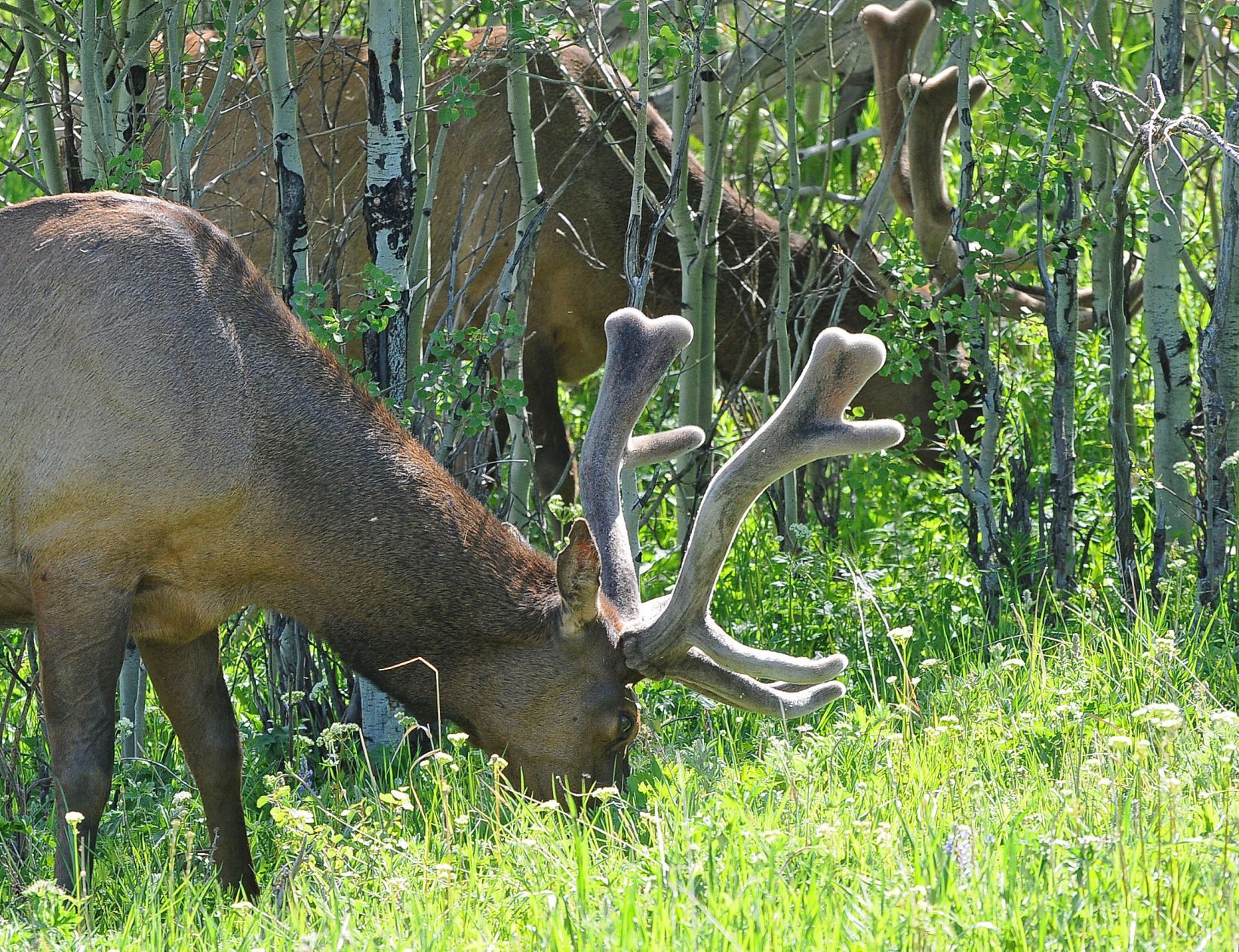 Following the reintroduction of wolves to Yellowstone National Park in 1995-97, the regrowth of aspen trees became a worldwide story, highlighting the importance of large predators. The wolves ate elk, which browsed on aspen. When elk numbers fell, aspen stands rebounded and birds and beavers returned. Such ecological effects caused by the addition, or removal, of a top predator are called trophic cascades. Although some scientists long questioned the direct effect in Yellowstone, a recently published study shows aspen regrowth was not as robust as originally advertised. Elaine Brice and Dan MacNulty, from Utah State and Eric Larsen, from the University of Wisconsin, outlined their research in the Nov. 8 publication of Ecology Letters. At its core, the research questions the methodology used to measure aspen for the earlier research, saying the choice of which trees to include skewed the study.
Following the reintroduction of wolves to Yellowstone National Park in 1995-97, the regrowth of aspen trees became a worldwide story, highlighting the importance of large predators. The wolves ate elk, which browsed on aspen. When elk numbers fell, aspen stands rebounded and birds and beavers returned. Such ecological effects caused by the addition, or removal, of a top predator are called trophic cascades. Although some scientists long questioned the direct effect in Yellowstone, a recently published study shows aspen regrowth was not as robust as originally advertised. Elaine Brice and Dan MacNulty, from Utah State and Eric Larsen, from the University of Wisconsin, outlined their research in the Nov. 8 publication of Ecology Letters. At its core, the research questions the methodology used to measure aspen for the earlier research, saying the choice of which trees to include skewed the study.